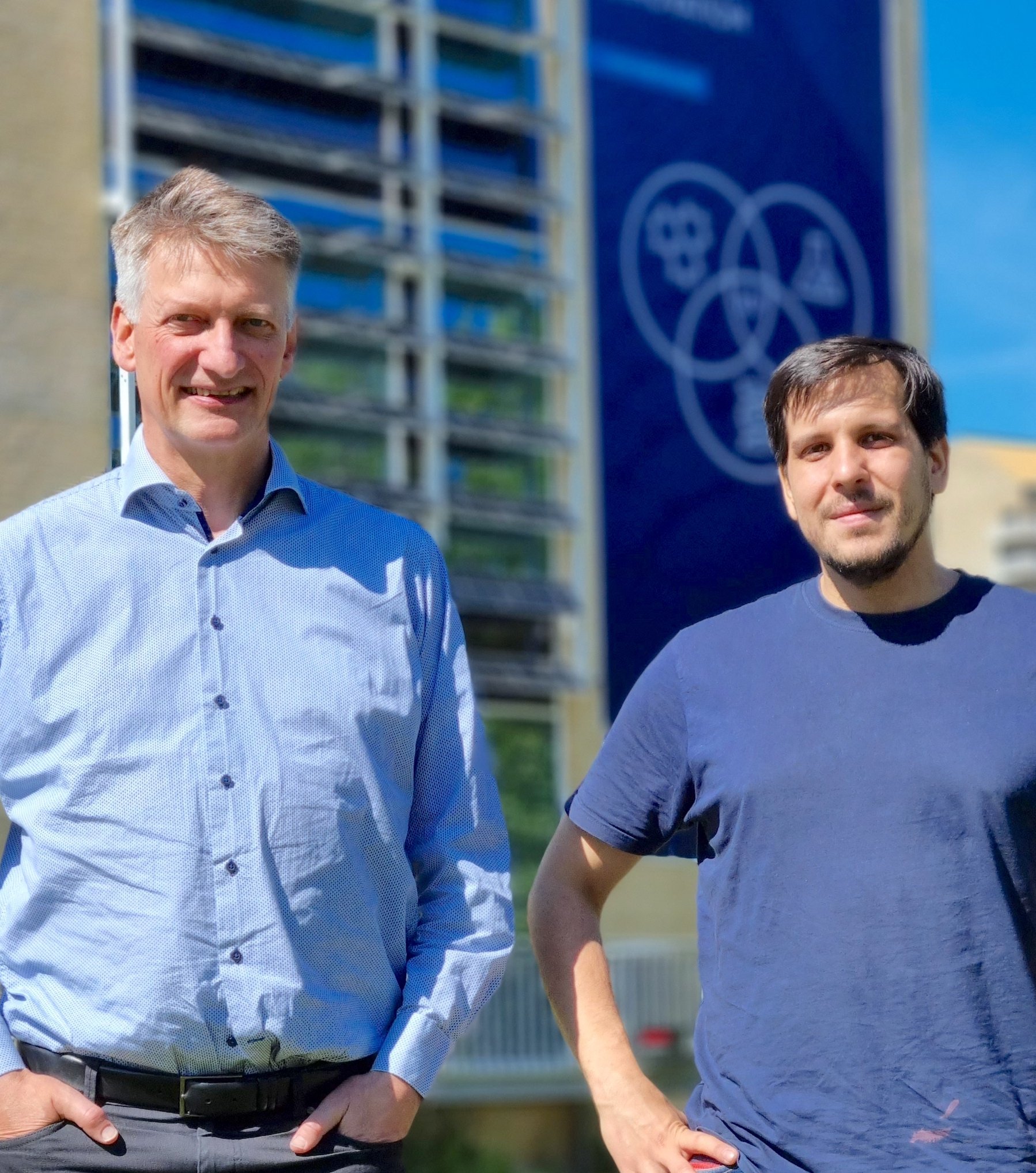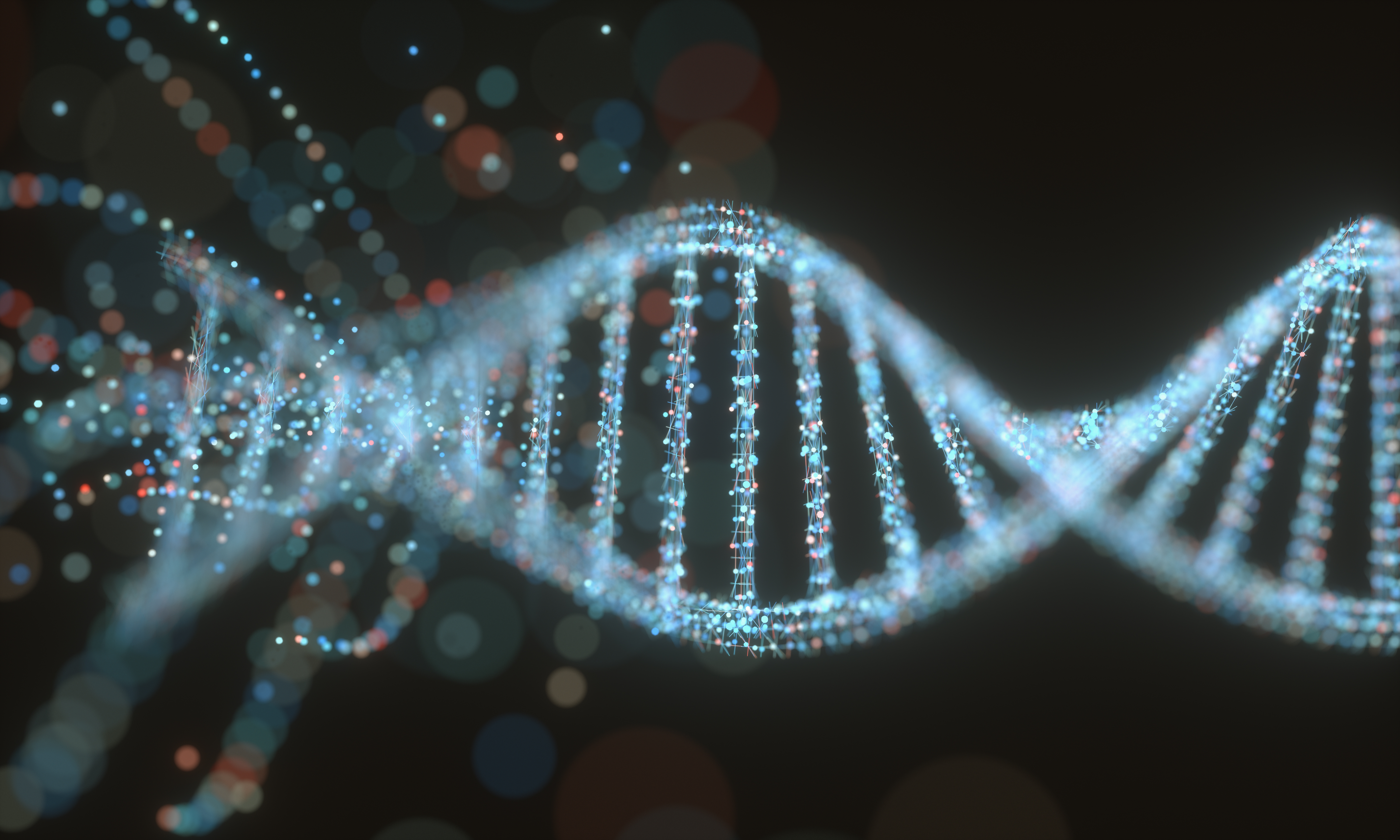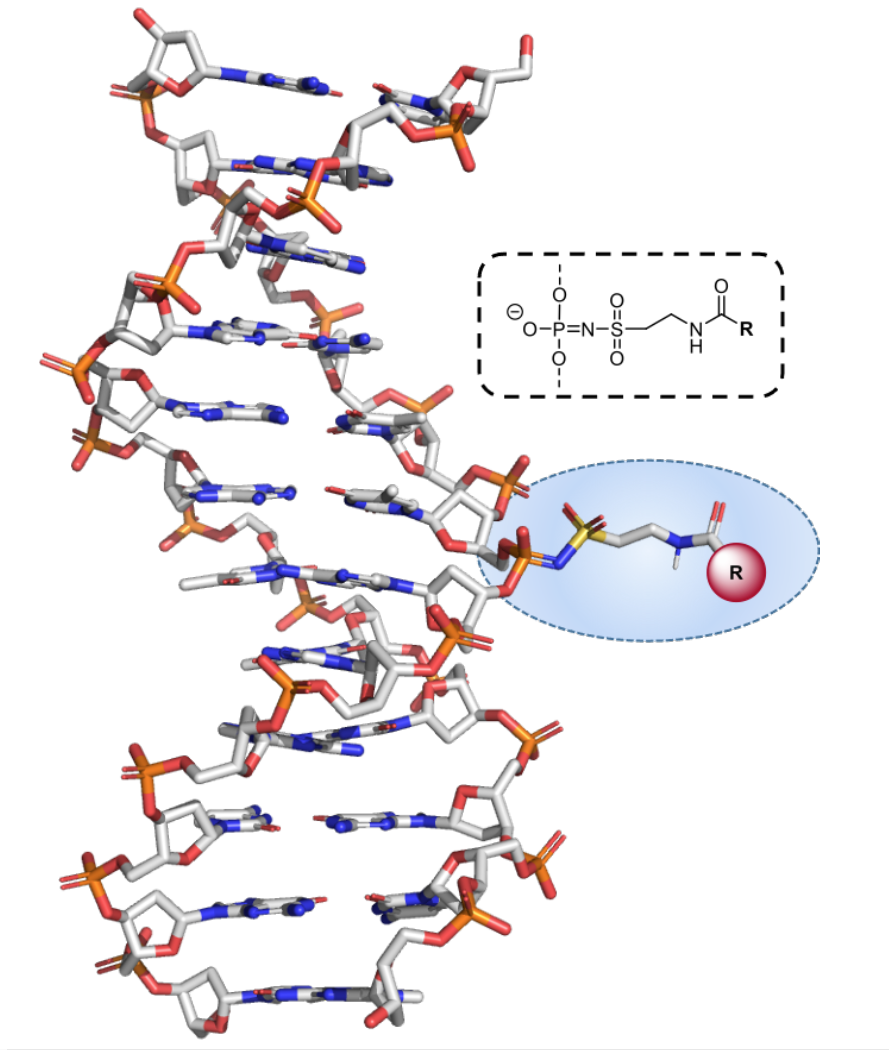Easy and inexpensive method for linking other molecules to DNA sequences with desired functions
The development of new types of drugs based on DNA and RNA is happening at a rapid pace. The mRNA vaccines against COVID-19 are just one of many examples of DNA-based drugs on the market. Many are on the way, but the production of the necessary DNA is costly. A research group at Aarhus University has now found an effective and inexpensive method for producing stable DNA sequences attached to chemical groups that e.g., ensures that the drugs are directed into the right cells.



The production of short DNA and RNA sequences, called oligonucleotides, is today essential in connection with diagnostics (COVID-19 test), DNA sequencing, gene synthesis for synthetic biology and gene therapy, such as in the CRISPR-Cas9 method.
The technology of oligonucleotide production has been advanced since it was developed in 1981, but the underlying chemistry remains largely unchanged. One is still dependent on phosphoramidites, which are chemical compounds that, unfortunately, are unstable in the production process.
However, Kurt Gothelf and his research group have previously shown a more efficient way to produce the building blocks for oligonucleotides by developing a flow-based method to make phosphoramidites immediately before they are to be used, thus avoiding this degradation. You can read more about this in a previous article here: New method for producing synthetic DNA.
Expensive to acquire DNA sequences with special functionalities
There is a great need for oligonucleotides that have been modified with special functionalities. For example, oligonucleotides modified with certain sugars have been shown to be taken up by the liver. Based on this, several oligonucleotide drugs are used to regulate proteins that are, in fact, produced in the liver and thus can cure diseases. It is also important to be able to attach dyes to oligonucleotides as this is often used in diagnostics and research.
Usually, these functionalities are inserted into oligonucleotides by the building blocks, the phosphoramidites, being produced with a specific chemical handle or the desired functional group. There are commercial catalogs with several hundred varieties of these modified phosphoramidites. However, such modified phosphoramidites are, in most cases, very expensive to obtain and, as mentioned above, they are unstable in liquids at room temperature.
New easy and cheap method for synthesis of special building blocks
In a recently published scientific article published in Nucleic Acids Research, which is the leading oligonucleotide journal, Angel Santorelli and Kurt Gothelf present an easy and inexpensive method of introducing modifications to oligonucleotides without the need for special phosphoramidites.
For this purpose, they use chemical compounds called sulfonyl azides, which can provide oligonucleotides with many different functionalities during the chemical synthesis of the oligonucleotides.
The method is compatible with the previously mentioned automated and flow-based method for oligonucleotide synthesis, where degradation of the phosphoramidites is avoided. The recently published method, for the synthesis of modified phosphoramidites, can thus serve as a simple alternative to the unstable and expensive special phosphoramidites currently used in the production of modified oligonucleotides.
SUPPLEMENTARY INFORMATION, INCLUDING CONTACT INFORMATION
We strive to ensure that all our articles live up to the Danish universities' principles for good research communication. Against this background, the article is supplemented with the following information
ITEMS | CONTENT AND PURPOSE |
External funding | European Commission (DNA Robotics, 765703) |
Conflicts of interest | The researchers declare that there are no conflicts of interest. |
Link to scientific paper | Conjugation of chemical handles and functional moieties to DNA during solid phase synthesis with sulfonyl azides. |
Contact information | Professor Kurt Gothelf |